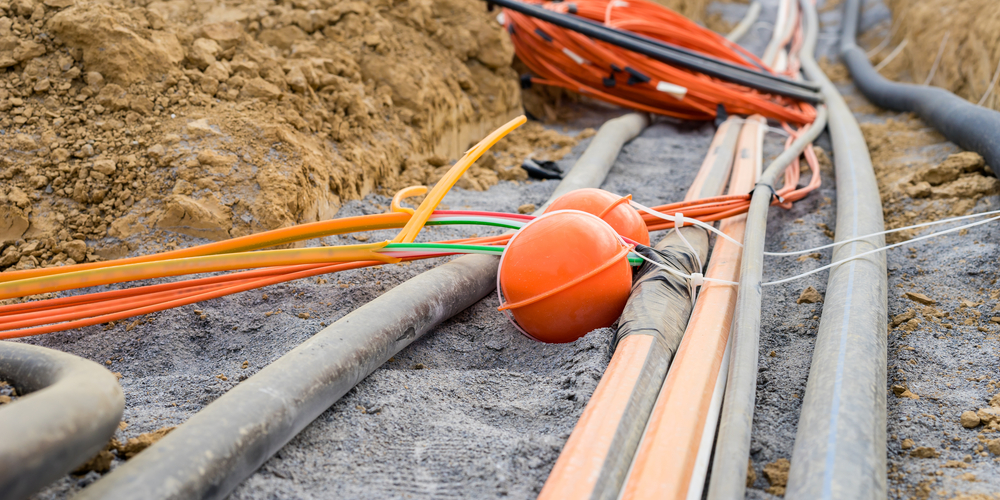Coming Soon: Guiding Principles to Enhance Efficiency and Demand Flexibility through Performance-Based Utility Programs
Let's Save Energy
Alliance to Save Energy's Blog
Coming Soon: Guiding Principles to Enhance Efficiency and Demand Flexibility through Performance-Based Utility Programs

The world is undergoing an energy transition and the United States is no exception. Across the country, utilities are grappling with the challenges posed by an increasingly complex energy system. The widespread use of distributed energy resources (DERs), increased weather-related impacts, and ambitious energy efficiency and emissions reduction requirements and goals have forced the energy industry to consider new and creative business models.
Along with their traditional arsenal of energy efficiency programs, it will be critical for utilities to optimize energy supply and demand through deep energy retrofits and enhanced demand flexibility. Performance-based program models are one way to achieve this.
What are performance-based programs and why are they useful?
A performance-based utility program is an energy efficiency program that delivers energy savings and demand flexibility by providing incentives for energy and demand reductions over a specified time period. Several utilities offer variations of this type of program – from NYSERDA’s Pay-for-Performance model, which compensates service providers for energy efficiency savings that accumulate over time, to Seattle City’s Light Energy Efficiency as a Service (EEaS) pilot program, which establishes long-term power purchase agreement (PPA)-like structures through which the utility buys metered energy savings. The benefits of these programs include energy savings, demand flexibility, emissions reductions, and improvements in grid performance.
It doesn’t stop there. Performance-based utility programs also can help accelerate the growth of grid-interactive efficient buildings (GEBs) by encouraging the installation and use of smart technologies and distributed energy resources (DERs).
Recognizing the need to find ways to scale up effective performance-based programs, the Alliance’s Active Efficiency Collaborative is holding a series of virtual stakeholder workshops to explore these topics and encourage innovation and collaboration among utilities, energy service providers, and other important actors. Between two New York-focused workshops in September and an upcoming Midwest-focused workshop this Friday, the Collaborative is gaining invaluable insights about the key elements of successful performance-based programs – and we’re excited that our guiding principles to accelerate the adoption of these programs and maximize our efficiency gains will be launched in early December.
A sample of the workshops
The New York workshops were co-hosted by NYPA, NYSERDA, ConEd, and National Grid and gathered several dozen participants representing utilities and regulators, energy services companies, state and federal government agencies, technology companies, and research institutions. Building on key issues and questions raised at an Alliance roundtable last year, discussions at the first workshop addressed major challenges and opportunities for scaling up performance-based utility programs by diving into lessons learned from existing programs, identifying key challenges to program design, and charting a path to program implementation.
From 30,000-ft high comments setting aspirations for the future to the gritty details of topics such as cost-benefit requirements for state utility programs, the role of utility rate design in performance-based programs, and meeting Measurement & Verification (M&V) needs for all involved parties, the rich conversations and input from this workshop were distilled into the first draft of Guiding Principles to serve as a go-to guide for these kinds of programs. The Principles were further refined during the second New York workshop.
A third workshop co-hosted by the Midwest Energy Efficiency Alliance (MEEA) will be held later this week and will seek input on the Guiding Principles to ensure they reflect the conditions and priorities specific to the Midwestern region. The final Guiding Principles for Next-Generation Performance-based Program Models will offer guidance on topics including targeting different customer segments, enabling long-term financing, and standardizing methodologies for energy efficiency valuation.
These principles are designed to be a trusted resource for the industry to design and implement well-thought out performance-based programs that tick all the boxes to fulfill energy, economic, equity and environmental goals. So mark your calendars for December 2, when the final principles will be released as part of our Active Efficiency Forum. Stay tuned!
To learn more about the workshops and the Active Efficiency Collaborative, please contact Laura Van Wie McGrory, Alliance Vice President, Strategic Initiatives.
RECENT BLOG POSTS
STAY EMPOWERED
Help the Alliance advocate for policies to use energy more efficiently – supporting job creation, reduced emissions, and lower costs. Contact your member of Congress.
Energy efficiency is smart, nonpartisan, and practical. So are we. Our strength comes from an unparalleled group of Alliance Associates working collaboratively under the Alliance umbrella to pave the way for energy efficiency gains.
The power of efficiency is in your hands. Supporting the Alliance means supporting a vision for using energy more productively to achieve economic growth, a cleaner environment, and greater energy security, affordability, and reliability.



